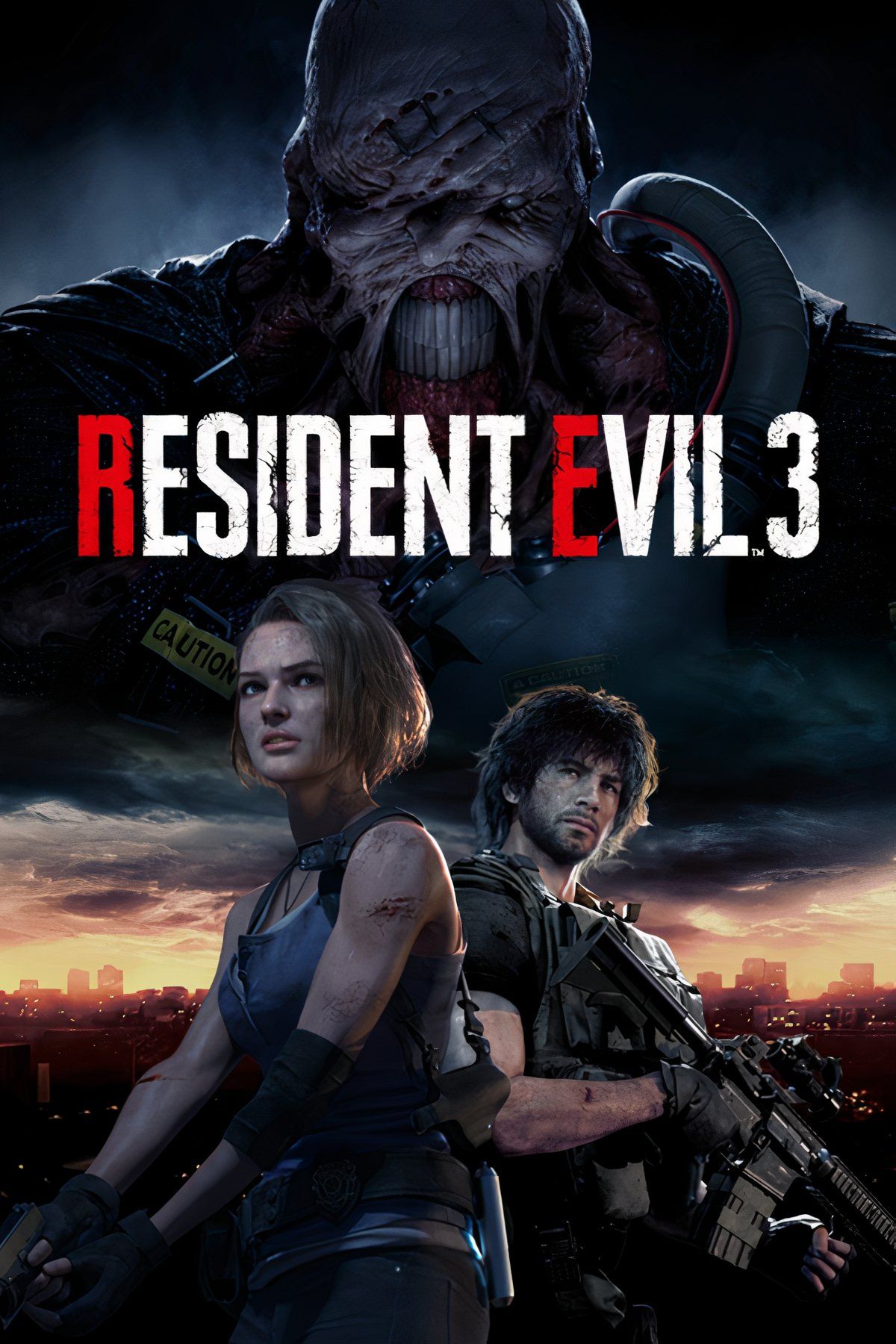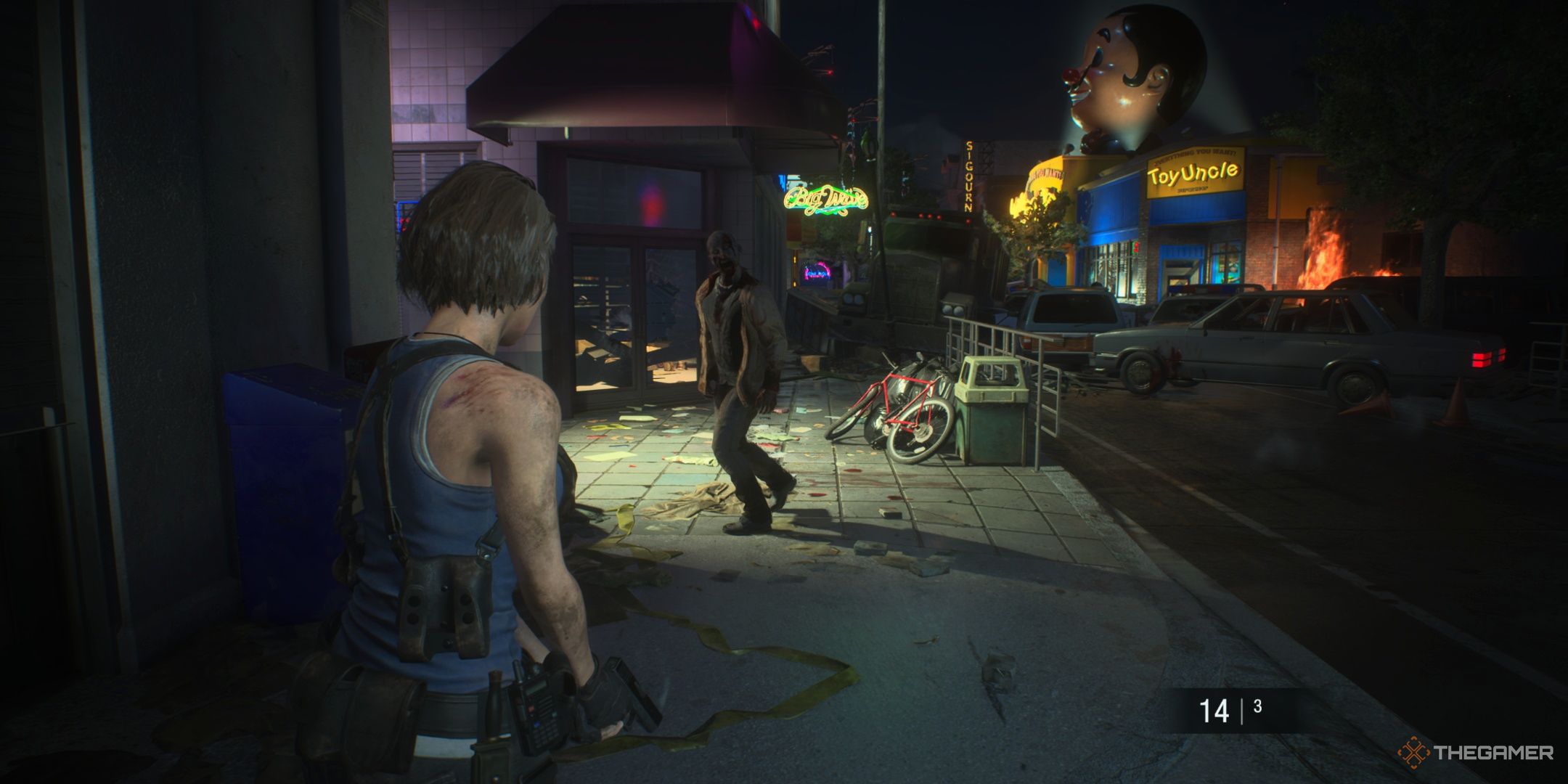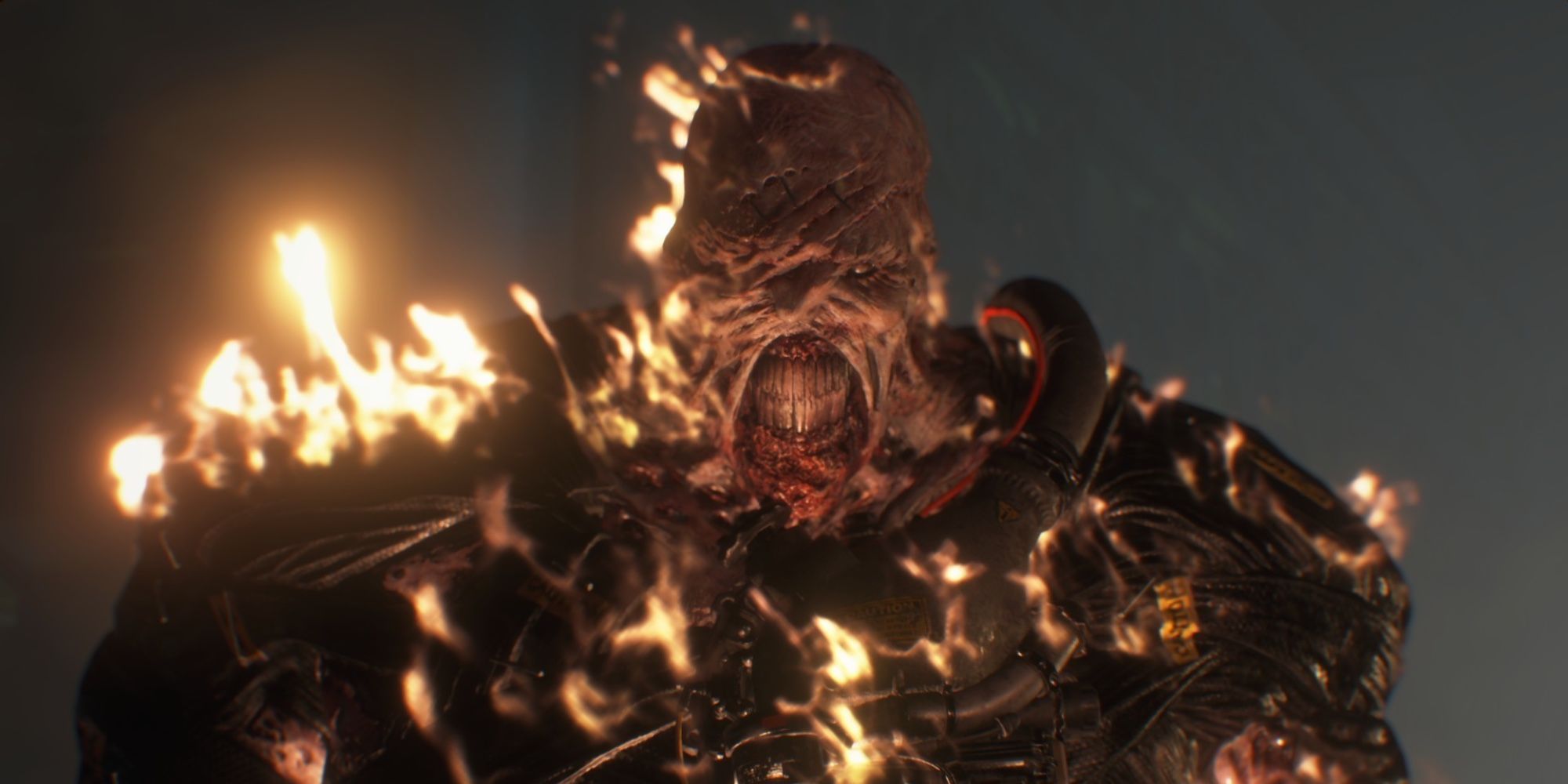I’m a fan of the recent Resident Evil remakes. They’re all quality games that really get Resident Evil right. They’re tense and horrific without losing the goofy, campy writing style that gave us some of the most iconic lines in all of gaming.
It’s impossible to stop me from saying, “Where’s everyone going? Bingo?”
While all three remakes are solid entries in the series, it seems to be widely accepted amongst fans that the clear black sheep of the bunch is the remake of Resident Evil 3. It’s got everything everyone loved from the superb Resident Evil 2 remake, but just being more of something good doesn’t automatically make it excellent, especially if it’s missing some of the things that made the original Resident Evil 3 interesting.
Now that it’s been five years since its release, I look back at Resident Evil 3 fondly but with a sense of anticlimax. The feeling that it could have been something truly great if Capcom had capitalized on those elements, but, for one reason or another, it didn’t.
A Streamlined Experience
Something that made the original Resident Evil 3: Nemesis stand out from its predecessors was the route that players were able to take through the game. At a handful of pivotal moments, players were given choices on what they wanted to do. For example, they could stand their ground and fight Nemesis, the titular monster that pursues Jill throughout the entire game, or they could try to escape by fleeing through upcoming areas.
The choices didn’t always result in the major branching paths we’ve seen in games like Until Dawn and The Quarry, but they did add something unique to the experience that hadn’t been seen in a Resident Evil game before. When the remake was announced, fans were excited to see how Capcom would implement those choices and hopefully flesh out some of them to make a more extensive branching story.
When Resident Evil 3 launched, however, fans were disappointed to discover that instead of leaning into the choices that made Resident Evil 3: Nemesis unique, Capcom cut them completely out of the game, opting for a totally linear experience that could be completed in only a handful of hours.
A staple of the Resident Evil series is replaying the games for different scenarios, endings, and final grades, but with Resident Evil 3, Capcom cut out the heart of Resident Evil.
Following A Masterpiece
To reiterate, the Resident Evil 3 remake is a good game that I’d recommend to fans of survival horror. But, it was put in the unfortunate position of having to follow the Resident Evil 2 remake just a year after its launch. Given how excellent Resident Evil 2 turned out, expectations were through the roof when it came to Resident Evil 3, and fans were hoping that Capcom would accentuate the things that were great about Resident Evil 3: Nemesis, not turn it into a shallower version of Resident Evil 2.
Because the Resident Evil 3 remake wasn’t able to capture the same heights as its predecessor, it was viewed as a major disappointment. The underwhelming aspects of Resident Evil 3 are that much more underwhelming, thanks to Resident Evil 2’s success. When comparing the games, Resident Evil 3 doesn’t stack up well against Resident Evil 2.
Resident Evil 2’s main campaign is longer (despite the original being shorter than Nemesis,) it has more bonus content, and it has a B scenario that incentivizes replaying the story. Even Nemesis, one of the main selling points for Resident Evil 3, was done better in Resident Evil 2 with Mr. X’s improved role and added screentime.
By the time Resident Evil 3 came out, it felt like we had already seen everything it had to offer and then some with the previous game. There’s even the section where Carlos goes back to the Racoon City Police Department, one of the main settings for Resident Evil 2. At release, a lot of fans said that the Resident Evil 3 remake felt like DLC for Resident Evil 2 that was sold as a standalone game. Now, replaying it five years later, that feeling hasn’t gone away.
With time, the weight of expectation has been lifted off Resident Evil 3’s back, and it can be enjoyed without the baggage of coming hot off the heels of Resident Evil 2. However, that doesn’t make it any less anticlimactic when looking at what was special about the original game and seeing how so few of those elements made it into the remake. It’s not a bad game by any stretch of the imagination, as long as you’re not imagining it standing next to Resident Evil 2.

- Released
-
April 3, 2020
- ESRB
-
M for Mature: Blood and Gore, Intense Violence, Strong Language














Leave a Reply